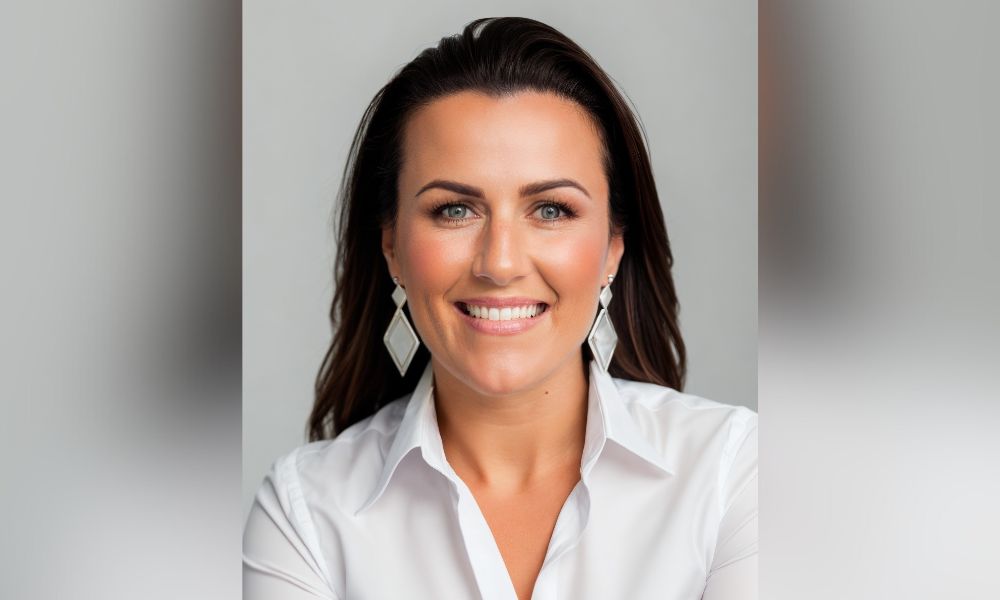Are farm packs still fit for purpose?

Are farm packs still fit for purpose? | Insurance Business Australia
Insurance News
Are farm packs still fit for purpose?
Has this coverage outlived its usefulness?
Insurance News
By
Daniel Wood
According to the Department of Agriculture, Australia’s total agricultural production is expected to rise again in 2024-25 and reach a value of $84 billion. That follows last year’s output of more than $80 billion – a record high and a 17% increase on the previous year.
One big driver of these increases, say experts, is the growth of corporate style farming operations that now dominate each part of their supply chain.
The insurance demands of these businesses can be far more complex than farming operations even a decade ago. Some brokers say current insurance offerings are insufficient.
Farm insurance challenges
“From the business’s point of view, they want a broking team that understands everything that they’re doing,” said Ceri Martin (pictured above), who leads the agriculture business for brokerage BMS Australia.
Brokers like Martin say, often, the insurance covers that would cater for the risks facing these diverse businesses can be unavailable and unaffordable.
This means sometimes these businesses need several brokers – one for their farm production, another for processing and a third insurance professional for exporting.
Martin said during her career she’s seen very little change in what’s available in agricultural insurance.
Does the farm pack need updating?
“The farm pack was a great product 20 or 30 years ago but it’s now not suited to those large farms that are not just farming anymore,” she said.
Martin and other brokers say that insurance covers have not progressed with the industry. There are insurance gaps that niche products are unable to fill.
She gave the example of the livestock insurance available on a typical farm pack offering.
“It’s not really fit for purpose because it’s extremely limited cover considering the value of livestock is now higher than it’s ever been,” said Martin.
A niche offering – called livestock mortality – is also not really an adequate patch.
“There’s one insurer in Australia that offers it but once you get to a certain capacity we have to go to London and most of our big cattle farmers would well and truly exceed that capacity,” said Martin.
She said the London pricing for this cover is also “extremely expensive.”
Two big insurance challenges
During her career, Martin said she’s found that once a broker steps away from the risks that are covered by traditional farm packs there are two big insurance challenges.
The first is insurers tend to shy away from these risks so the coverage offerings can be unavailable. Or, when underwriters are willing to take on these agriculture business risks that aren’t directly connected to primary production, like processing meat, they don’t understand them properly.
“As soon as you step outside of that farm pack realm you’re then put into the category of all other mid-market or commercial businesses,” said Martin.
For these firms, she said, underwriters tend to focus on what the business does and turnover to calculate a liability insurance premium. That doesn’t work very well for a farming business.
“In farming, turnover can fluctuate enormously,” said Martin. “The price of cattle, for example, can double from one year to another and the price of grain can do the same.”
Some brokers say the underwriting model for these large agricultural operations with end to end businesses needs to be different.
Martin said underwriting questions around through-put of cattle numbers would facilitate more accurate pricing and premiums for the beef industry.
“But that liability market just doesn’t actually have the rating ability to be able to look at things that way,” she said.
More accurate understanding of farm risks is needed
Part of the problem is that the insurers and underwriters rarely actually see the farming operations they are assessing risks and coverages for. Martin said if they did actually see a feedlot, for example, they’d likely realise that some of the risks they worry about aren’t worth worrying about.
However, rather than just improving the underwriting approach on a farm-by-farm basis, Martin would like this new approach at an industry level.
“I want to do it on behalf of the industry and say if we feel like this is a good set of safety measures, policies and procedures at one beef cattle farm, then all beef cattle farmers should be putting these measures in place,” she said.
Martin said in a lot of cases the farming industry is risk managing appropriately but that’s not being relayed to the insurance market.
“There’s actually a strict set of safety protocols and inductions and management of risk happening every single day,” she said.
She suggested brokers need to work with both farmers and insurers and relay to insurers what’s really going on at farms.
“There are definitely underwriters who, if we use livestock as an example, definitely want to participate more in Australia because it helps offset their risk worldwide,” said Martin.
She said that getting them the right information that will bring premiums down is a difficult process, partly because of the complexity of the existing quote and bind process.
“It’s a work in progress,” said Martin.
Are you a broker in the agricultural sector? Please tell us about your insurance challenges below
Related Stories
Keep up with the latest news and events
Join our mailing list, it’s free!






